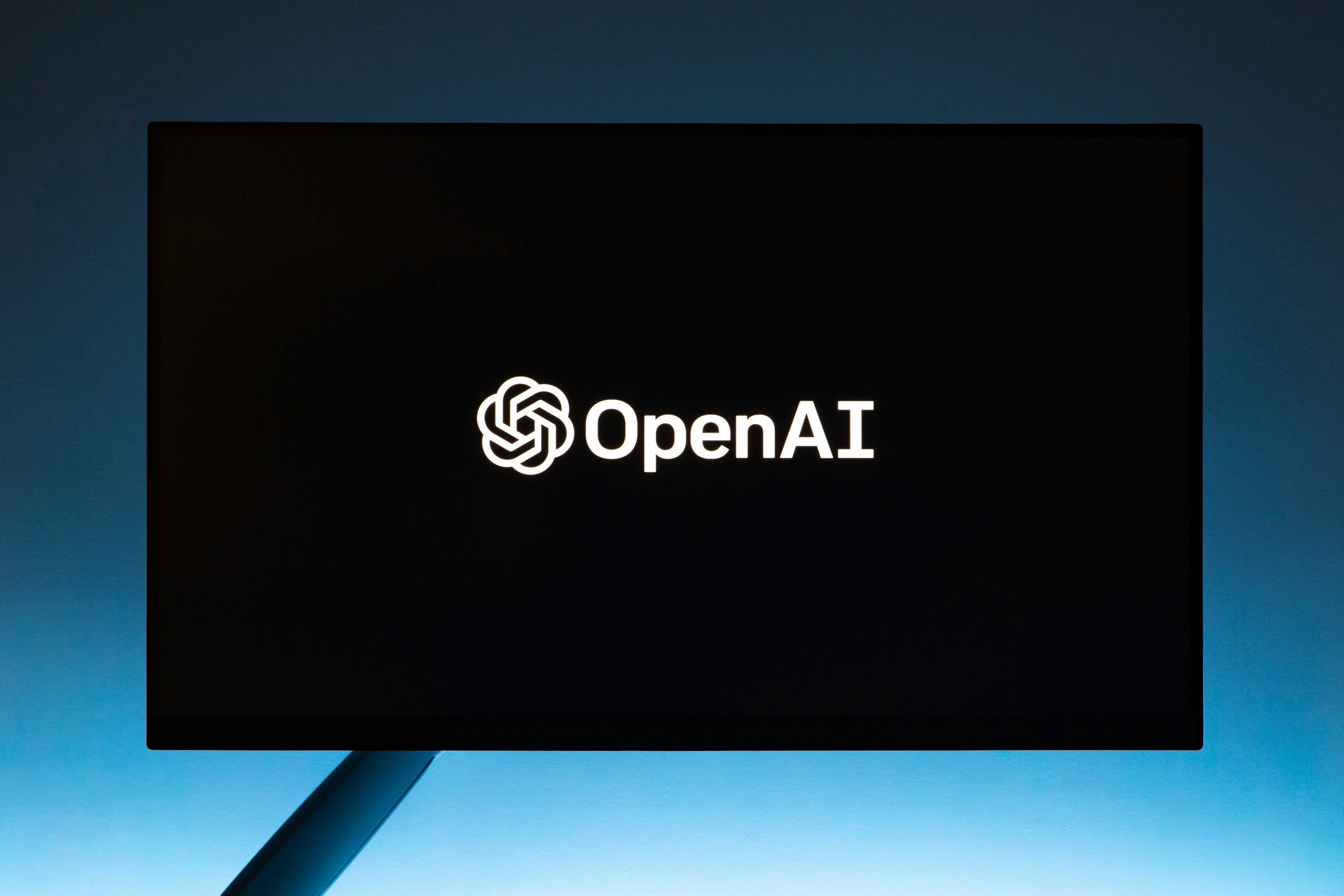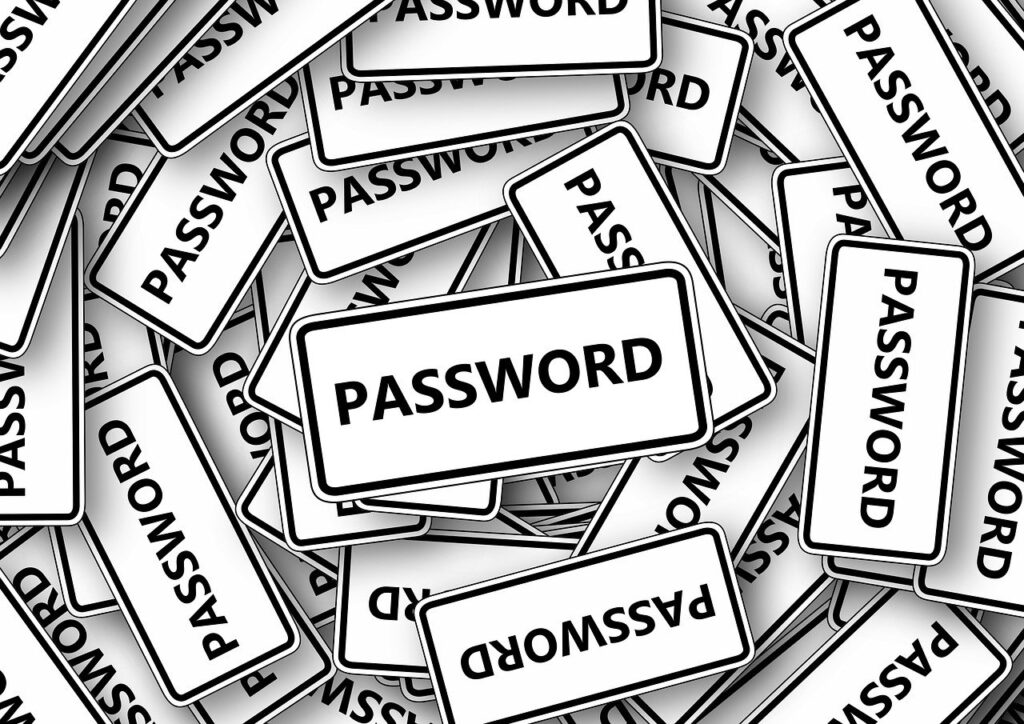ChatGPT is an advanced language model developed by OpenAI that can generate human-like responses in a conversational format. It has been trained on a vast amount of text data and can assist users in various tasks, from answering questions to providing creative suggestions. This guide aims to help beginners get started with ChatGPT and provides valuable tips for making the most out of this powerful tool.
Getting ChatGPT
To access ChatGPT, you can visit the official OpenAI website at https://www.openai.com. OpenAI offers different plans for using ChatGPT, including free access and subscription-based options. You can choose the plan that suits your needs and follow the instructions provided on the website to get started.
Best Practices for Using ChatGPT
While ChatGPT is a remarkable tool, it’s important to use it responsibly and understand its limitations. Here are some best practices to keep in mind:
- Clearly define your prompt: Begin your conversation with a clear and concise prompt to provide context for ChatGPT. This will help guide the model’s responses and ensure relevant answers.
- Experiment with temperature: The temperature parameter controls the randomness of responses. Higher values (e.g., 0.8) make the output more diverse, while lower values (e.g., 0.2) make it more focused. Adjust the temperature to achieve the desired level of creativity or specificity.
- Be aware of biases: ChatGPT reflects the biases present in the training data. It’s important to critically evaluate the responses and be cautious of any potential biases or inaccuracies.
- Iterate and refine: If you’re not satisfied with the initial response, you can iterate and refine your prompt. Experiment with different phrasings or ask more specific questions to get the desired output.
- Report issues: OpenAI encourages users to provide feedback on problematic outputs or issues they encounter while using ChatGPT. This helps improve the system and ensure its responsible use.
Practical Uses for ChatGPT
ChatGPT can be utilized in a variety of practical scenarios. Here are five examples:
- Writing assistance: ChatGPT can help brainstorm ideas, provide suggestions, or even assist in drafting written content.
- Language learning: Use ChatGPT as a conversation partner to practice a foreign language or get help with grammar and vocabulary.
- Technical support: ChatGPT can offer basic troubleshooting tips or guide users through simple technical issues.
- Product recommendations: Ask ChatGPT for suggestions on books, movies, or other products based on your preferences.
- General knowledge: ChatGPT can answer factual questions, provide explanations, or offer insights on various topics.
If you want to explore more about ChatGPT and its applications, here are some recommended resources:
- OpenAI’s official blog post on ChatGPT: https://openai.com/blog/chatgpt
- Documentation and guidelines for using ChatGPT: https://platform.openai.com/docs/guides/chat
- Community forums and discussions on ChatGPT: https://community.openai.com/c/gpt/16
Remember, ChatGPT is a powerful tool, but it’s essential to use it responsibly and critically evaluate its responses. With proper guidance and understanding, ChatGPT can be a valuable asset in various domains, making tasks more efficient and engaging.





